Conventional wisdom would tell you that Higashiyama, the historical neighborhood that’s home to some of the city’s most iconic sights, is both the best place to stay in Kyoto and the most fulfilling area to explore. Hell, that’s what I tell most of my private clients!
Of course, there’s a practical element to this as well. Higashiyama (more than, say, Arashiyama, i.e. one of Kyoto’s other old quarters) is a convenient base for exploring the city, even if you aren’t 100% sold on its merits otherwise. More on those in a minute.
Whether you plan to stay overnight or simply visit for the day, it’s my hope that reading this article will help you decide whether Arashiyama or Higashiyama is best for you. Let’s get start, shall we?
Why So Many Travelers Stay in Higashiyama
Part of the Arashiyama vs Higashiyama debate comes down to practicality. As you’ll know if you’ve ever been to Kyoto or studied a map, Higashiyama is much closer to Kyoto Station (where Shinkansen bullet trains arrive and depart from) than Arashiyama. Moreover, the Keihan Main Line (which originates in Osaka’s city center) calls at several stations within Highashiyama, allowing for straight-shot travel without a transfer.
There’s also the fact that Higashiyama is simply home to more well-known attractions than Arashiyama is. I’ll describe these in more detail in a few paragraphs, but in a broad sense, most travelers know Arashiyama only for its bamboo forest. Higashiyama, by contrast, is where you’ll find virtually all of Kyoto’s most famous temples. There’s also the question of accommodation options, though I’m once again getting ahead of myself.

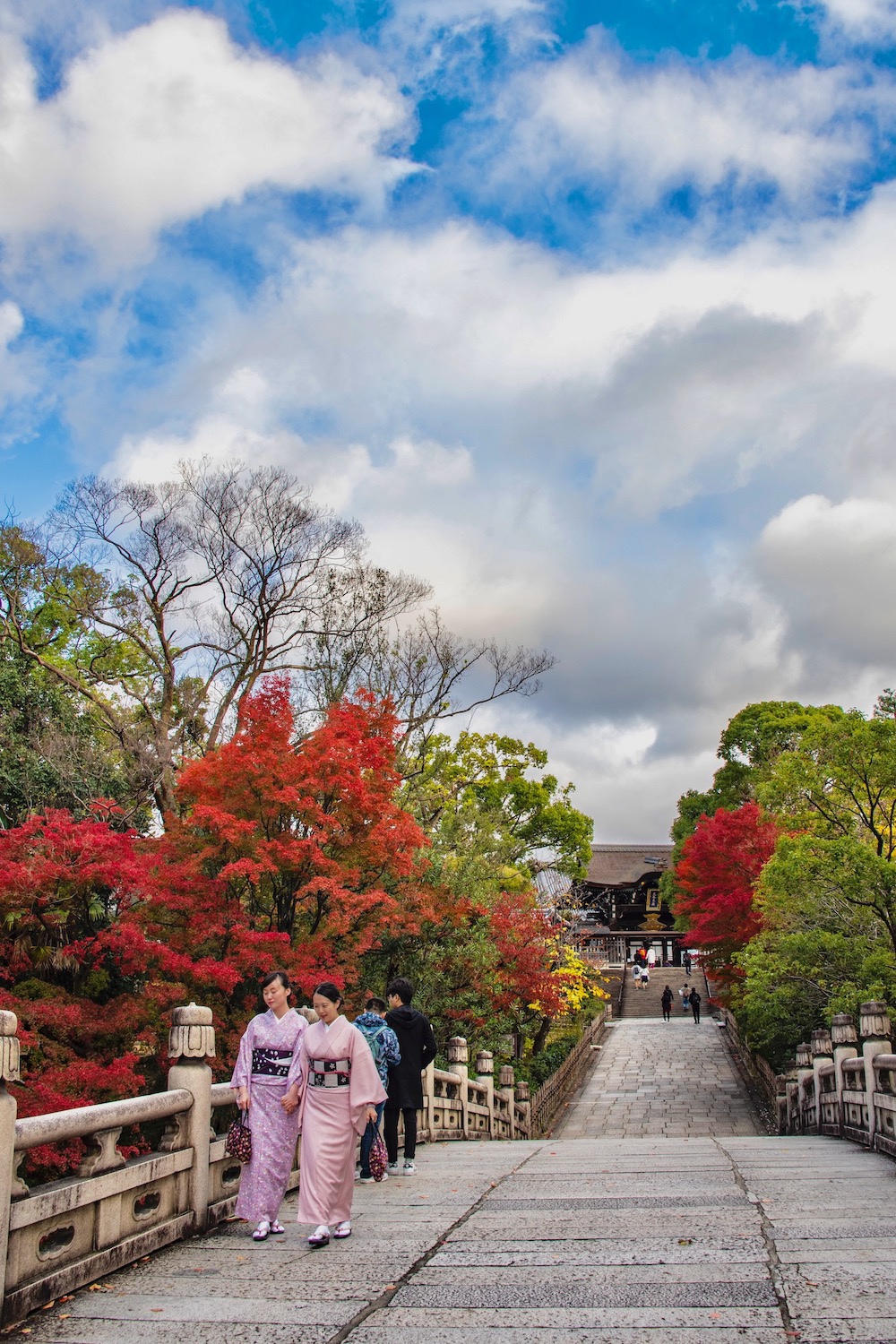

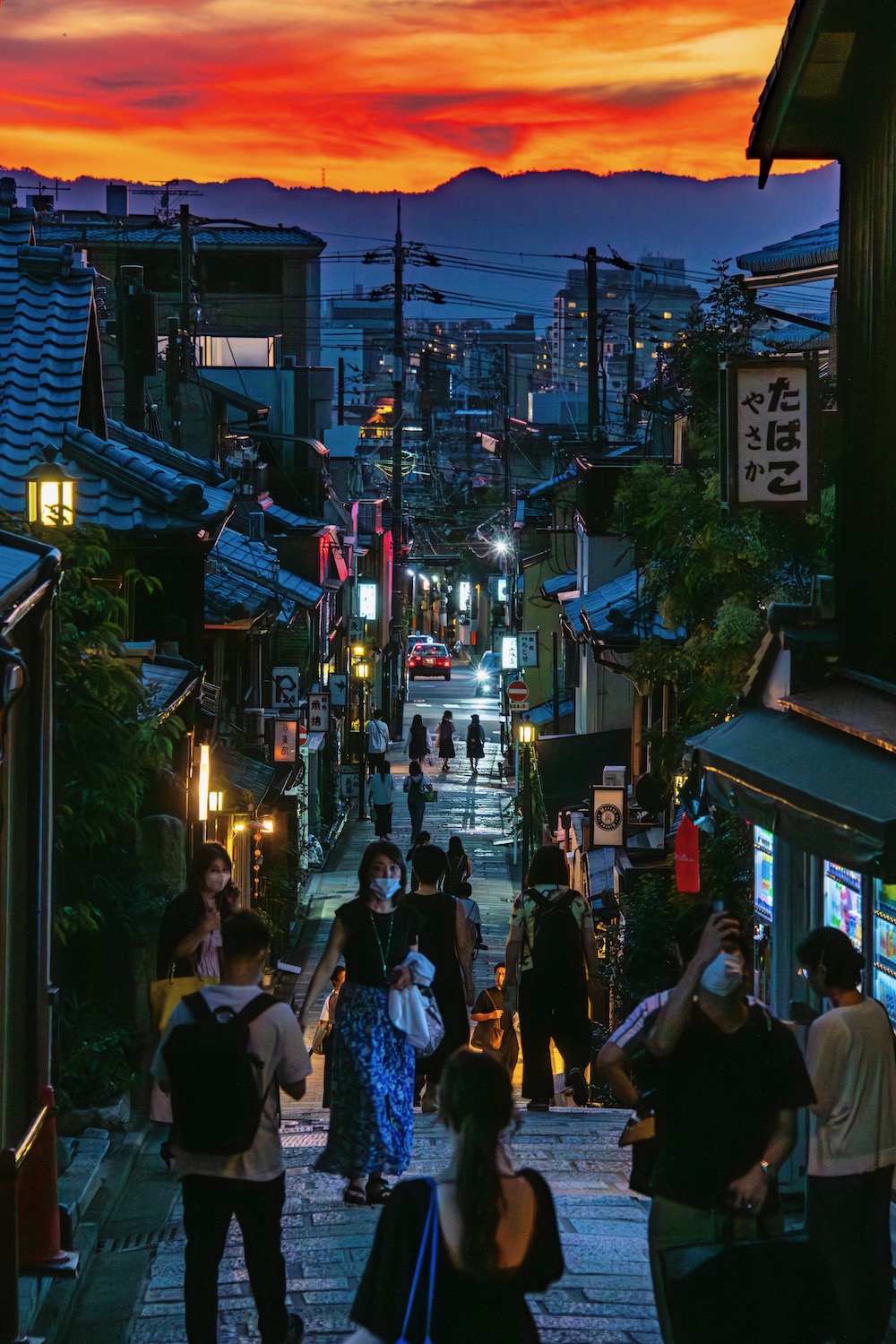
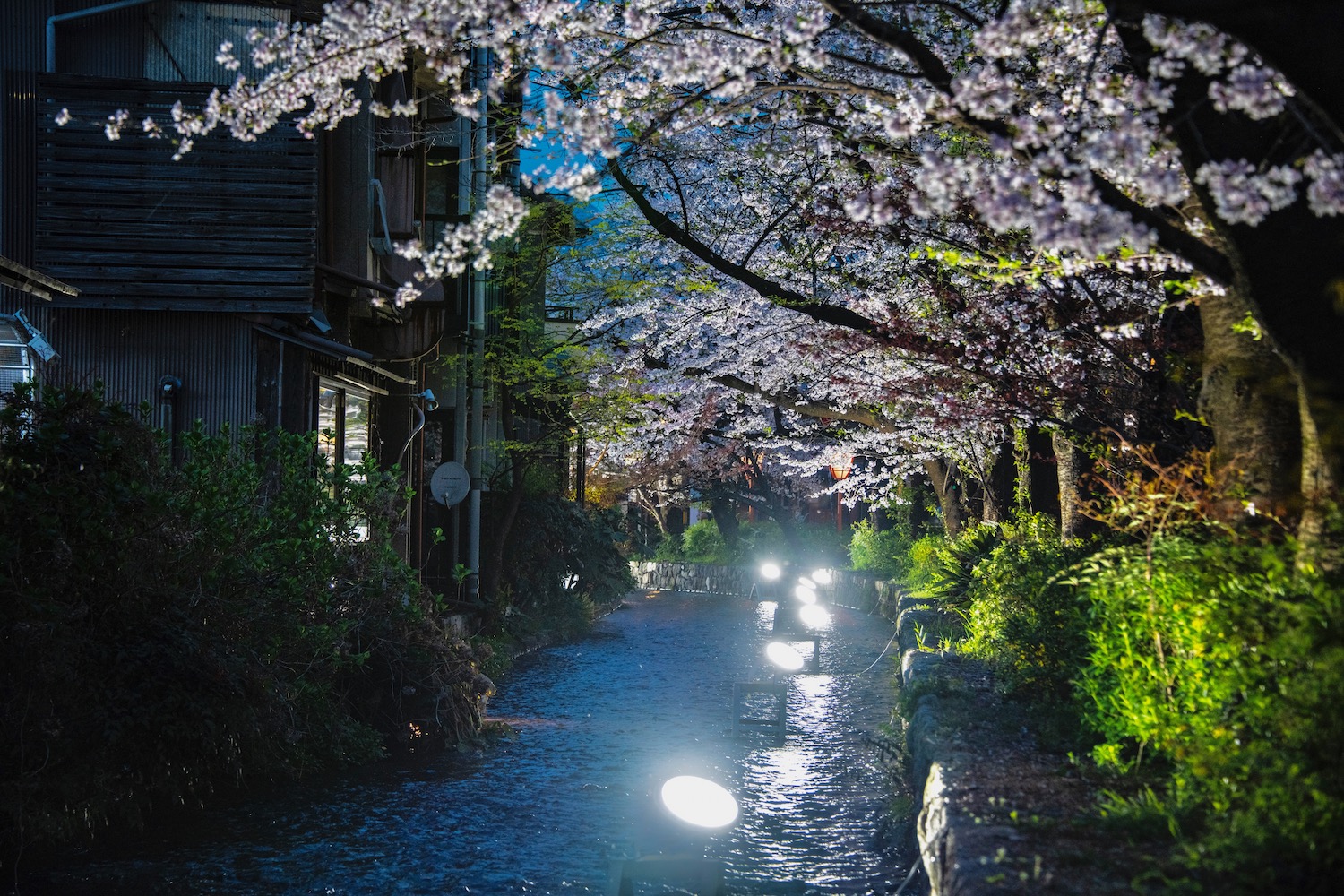
Ways to Compare Arashiyama with Higashiyama
Access
For most travelers, it’s quicker to get to Higashiyama than it is to reach Arashiyama. Higashiyama is just 15 minutes from Kyoto Station by public transportation or taxi, and is also connected directly to central Osaka via the Keihan Main Line. By contrast, Arashiyama is around 30 minutes from Kyoto Station via the JR Sagano Line; it’s also around 45 minutes from Higashiyama via at least two trains.
Hotels
Another important distinction between Arashiyama and Higashiyama is the hotel situation. There are at least 100 hotels and ryokan in Higashiyama, including top-rated properties like Hotel the Celestine and Dhawa Yura Kyoto, and many small, wonderful guest houses. By contrast, options in Arashiyama are more limited; some of my favorites include The GrandWest Arashiyama and Togetsutei.
Restaurants
Higashiyama is a great place to eat, day or not. By day, eat soba at Sanmikouan (with a view of the Shirakawa River), or dine at Temura Endo in the heart of Gion. There are great eateries in Arashiyama, too (I’m thinking in particular about Kameyamaya, which serves local Kyoto-style dishes, not to mention lots of street stalls on the way to the bamboo forest), though many of them are closed in the evening.
Things to do
When deciding between Higashiyama or Arashiyama on this front, the difference is not as stark as you might think: Higashiyama has Kiyomizu-dera, Hokan-ji pagoda and nearly endless possibilities to see Geisha. Arashiyama has the Sagano Bamboo Grove, Tenryu-ji temple and Togetsu-kyo bridge, to say nothing of various seasonal train and boat journeys, the Iwatayama Monkey Park and the Saga Toriimoto Ancient Street.
Crowds
If you come to either of these districts between about 10 AM and 6 PM, they will be completely inundated with tourists, though this is obviously not the case everywhere: Chion-in will be less crowded than Kiyomizu-dera; Saga Toriimoto is more tranquil than the bamboo forest. Thankfully, if you stay the night in one of these neighborhoods, late evening and early morning will be nothing short of a revelation.
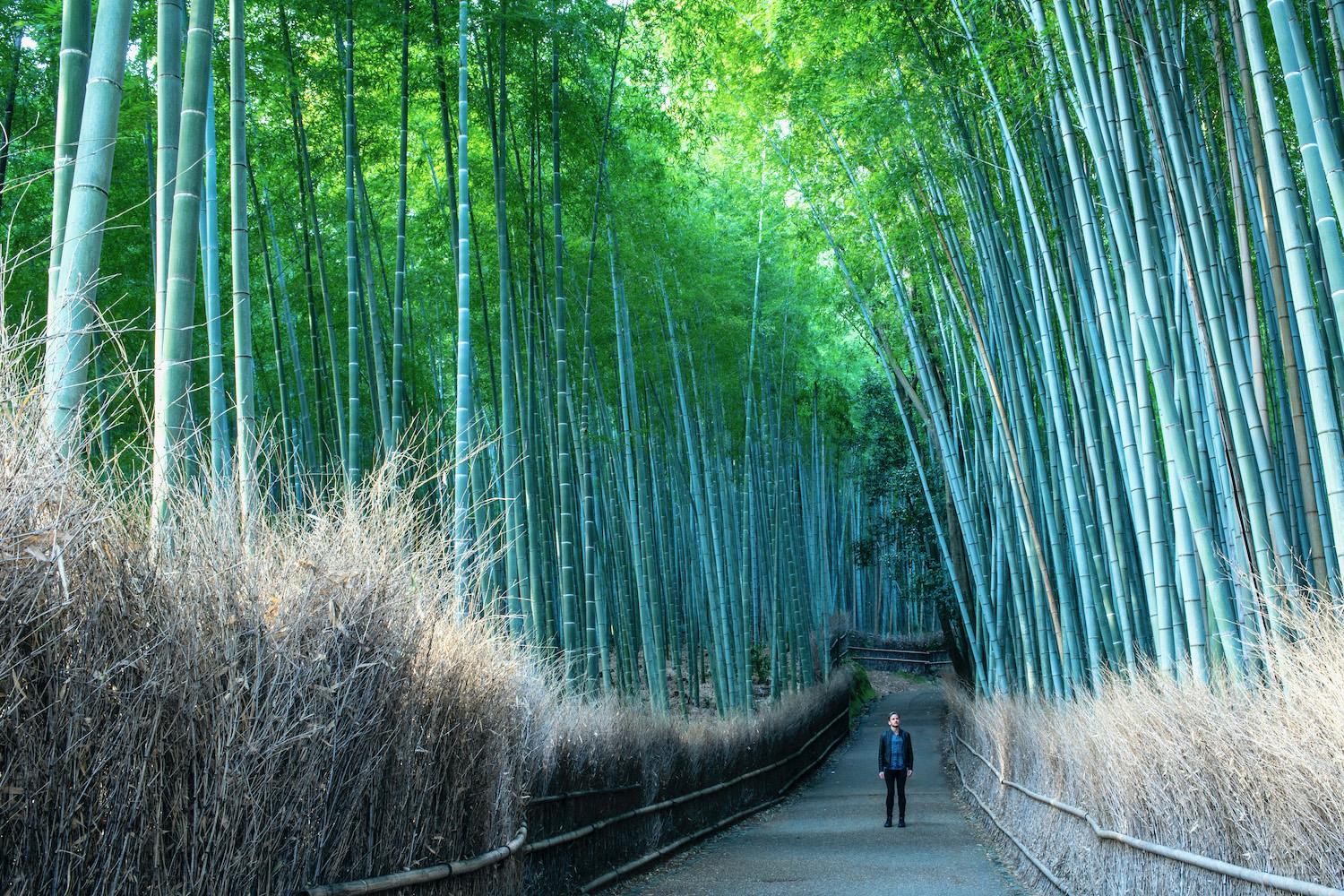



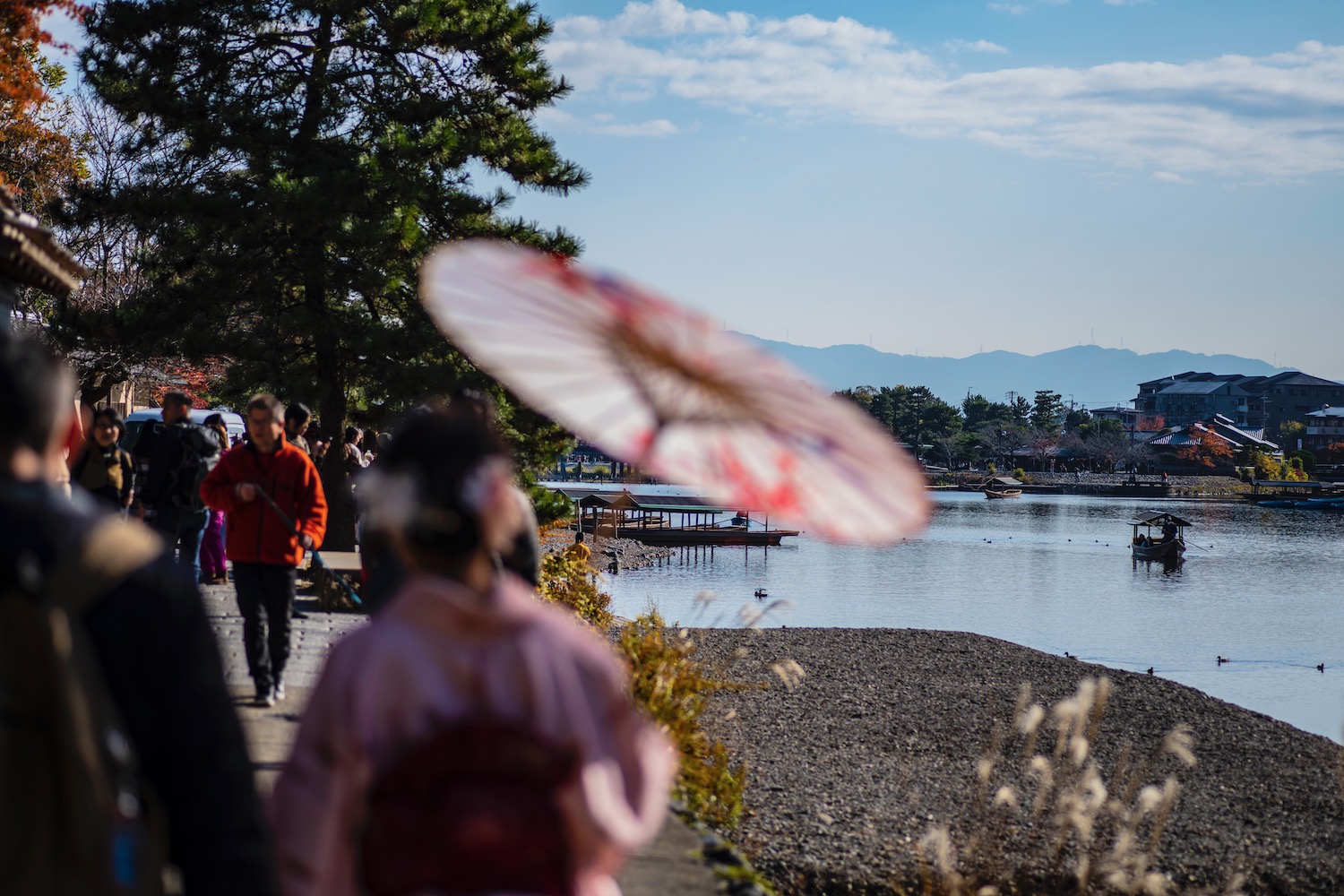
Other Awesome Kyoto Neighborhoods
Kyoto is a massive city with over 1,000 years of history. As you might imagine, there are far more than two neighborhoods to discover and explore:
- Fushimi is where you find the famous Fushimi Inari Shrine, but is also one of Japan’s top sake-producing areas. Make sure to check out my friend Kotaro’s tour!
- Nagaokakyo, located in far western Kyoto south of Arashiyama, is almost completely devoid of tourists, even at attractions like Nagaoka Tenman-gu shrine.
- The “downtown” area along the Subway Karasuma Line is a convenient and surprisingly modern place to stay, particularly around Shijo and Gojo Stations.
Other FAQ About Higashiyama and Arashiyama
Is Arashiyama a good place to stay in Kyoto?
Arashiyama is a wonderful place to stay, and is especially magical at night and during the morning, after the day trippers leave for the evening and before they arrive the next day. With this being said, accommodation options are limited, so you need to be intentional about staying here if you wish to do so.
Are Gion and Higashiyama the same?
Gion is a sub-district of Higashiyama, located just north and south of Shijo-dori, and between the Kamo River and Yasaka Shrine. Higashiyama, by contrast, extends far north and south of this area, stretching northward to Sanjo-dori and southward to Gojo-dori.
How much time to spend in Higashiyama?
If you don’t base yourself in Higashyama, I recommend spending at least a full day there. Ideally, you will go early in the morning or stay after the sun has set, so that you can enjoy popular attractions like the Gion Geisha district and Kiyomizu-dera temple without thousands of fellow tourists.
The Bottom Line
Is Arashiyama or Higashiyama the best part of Kyoto? In some sense, this is not an either/or question. For Higashiyama’s part, it’s home to some of Japan’s most impressive temples, as well as a wide range and high quantity of accommodations, which allow you to experience the district as your “home” once the day trippers leave. Arashiyama is also wonderful—and not just for the bamboo forest—but is slightly more remote than Higashiyama, and also has many fewer hotels. You need to be more calculated and intentional if you plan to stay or explore here. Speaking of being calculated and intentional, why not outsource these aspects to an expert? This is exactly what you get when you hire me to plan your trip to Japan.






